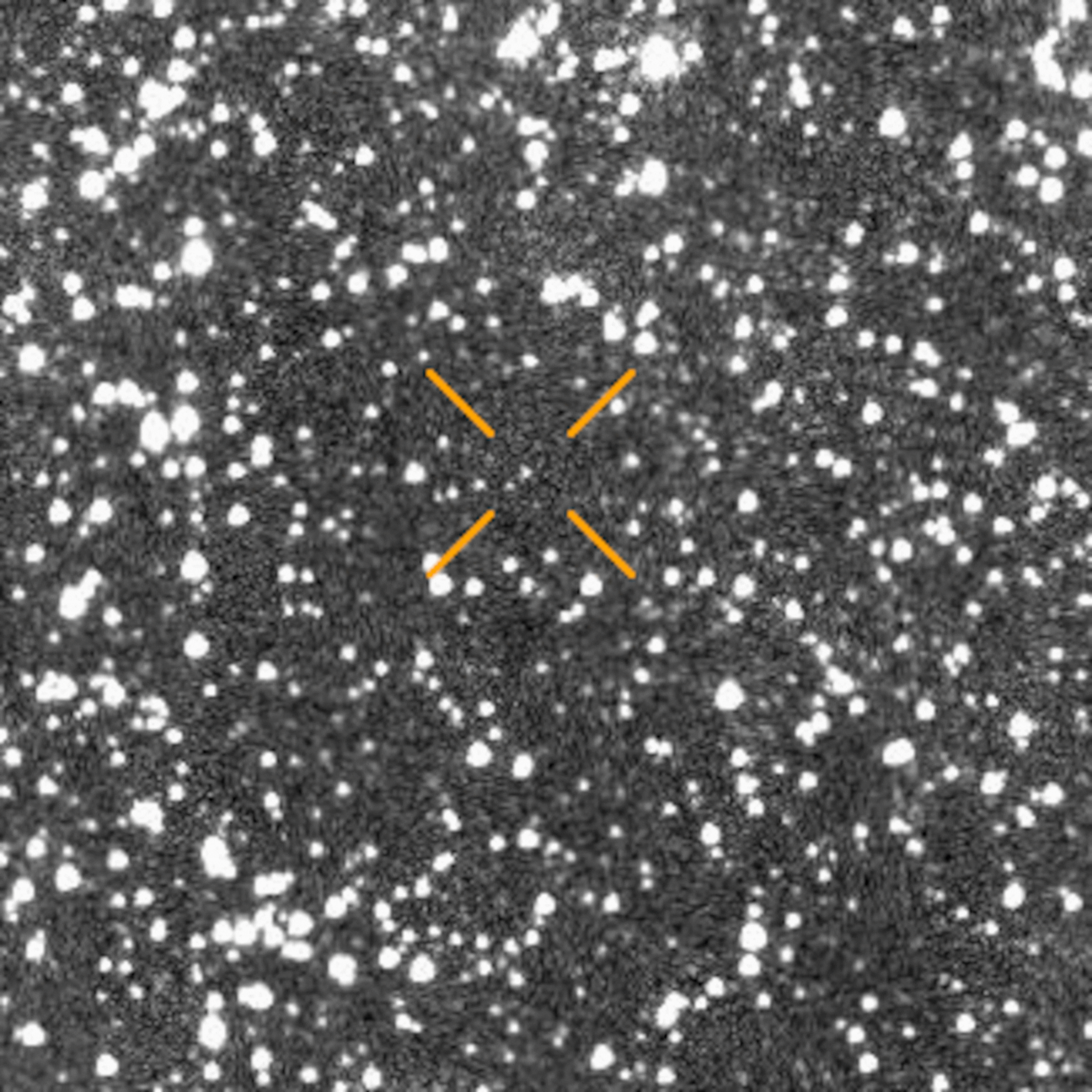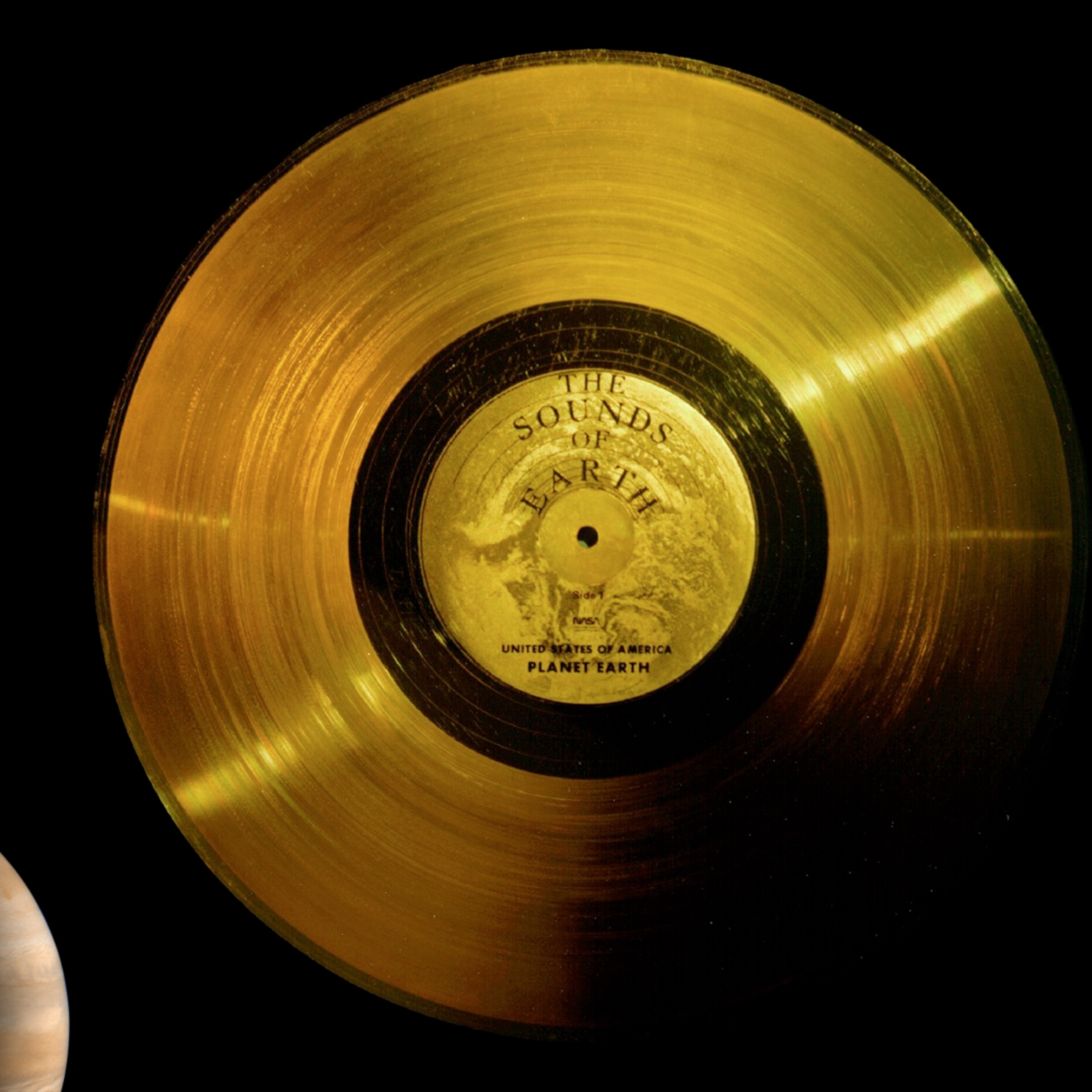
New Planet System May Be Most Populated Yet Found
Densely packed worlds likely survivors of "demolition derby," expert says.
A densely packed set of planets around a sunlike star may be the closest match yet found to our solar system, at least by the numbers, astronomers say.
At least five Neptune-like planets have been spotted orbiting the star HD 10180—and there's evidence of two more worlds, one farther from the star and another closer in.
If the latter observations can be confirmed, the innermost planet may hold the record for the lowest-mass extrasolar planet, or exoplanet, seen to date. (Also see "New Planet System Found—May Have Hidden 'Super Earth.'")
"We remain cautious about the existence of the innermost and outermost planets," said study lead author Christophe Lovis, an astronomer with the Observatory of Geneva in Switzerland.
"But I am confident that at least one of them will be definitively confirmed soon, thus making this system the most populous known so far."
Super-Earth Likely a "Lava Planet"
The packed planetary system, located 127 light-years from Earth in the southern constellation Hydrus, was first announced at a conference in France in August. The system is described in a new study published online last week on the Cornell University website arXiv.org and now accepted for publication in the journal Astronomy and Astrophysics.
The five established planets are between 12 and 25 times the mass of Earth and are all roughly around the sizes of Uranus or Neptune, meaning the newfound worlds are most likely icy gas giants.
The five planets are huddled close to their star, with orbits ranging from 0.06 to 1.4 times the distance between Earth and the sun. A sixth, yet to be confirmed planet that's 65 times the mass of Earth is thought to be orbiting farther beyond the group, at about 3.4 times the distance between Earth and the sun.
But it's the seventh planet that has astronomers most excited.
At only 1.4 times the mass of our home world, this exoplanet is what astronomers call a super-Earth. The planet hugs its star at just 0.02 times the distance between Earth and the sun, likely giving the world—if it exists—a hellish environment.
(See "'Super Earth' May Really Be New Planet Type: Super-Io.")
"It's so close to the star and has such a low mass that it's likely to be a 'lava' planet made of molten rocks," Lovis said.
"Temperatures at the surface will be extremely high—measured in thousands of degrees—so this is for sure a nonhabitable world, in spite of the similar size to our Earth."
"Only 99 Percent Sure"
The planets are too far from Earth to be seen directly, so astronomers found them by looking at the host star and measuring the gravitational tug of its planets. In all, the team collected six years' worth of data from the European Southern Observatory's 3.6-meter telescope at La Silla, Chile.
Because the signal from the candidate super-Earth is very weak, Lovis and his team are looking to get more measurements to confirm that the seventh planet exists.
"At this point we are 'only' 99 percent sure that this signal is real," Lovis said. "In astronomy, 99 percent is often just not enough—we would prefer something like 99.9 percent to be really sure ... But such uncertainties are fully part of the scientific discovery process."
The team is right to be guarded in announcing the discovery of a super-Earth, said planet hunter Jaymie Matthews, principal investigator for Canada's Microvariability and Oscillations of Stars, or MOST, space telescope.
Caution is especially warranted after the confusion surrounding the announcement in October of a potentially habitable Earth-mass planet around the star Gliese 581, said Matthews, who was not involved in the new research.
Dubbed a Goldilocks planet (not too hot, not too cold), that find—made by teams at the University of California, Santa Cruz, and the Carnegie Institution for Science in Washington—was later questioned when astronomers at the Observatory of Geneva were unable to confirm the Gliese planet exists.
Lovis and colleagues "are being cautious, as they should be and as they must be after their public comments on Goldilocks world, which is a similarly weak signal," Matthews said.
"But if [HD 10180's super-Earth] is real, it's almost certainly a terrestrial world with a metal core and rocky mantle," based on the estimated size and mass, he said.
Star System Played Pool?
Astronomers are also intrigued by the overall configuration of the planetary system, which the study authors describe as a "packed orbital architecture with little or no space left for additional planets" around the star.
Planets are thought to form from disks of debris that surround young stars. In this case, the planets probably didn't form where they are now, Lovis said, because there wouldn't have been enough solid material in the inner regions of HD 10180's protoplanetary disk.
"More likely, they originated from the outer, colder regions of the disk, where they could accumulate large quantities of ice and rocks to grow," and then the planets migrated inward, Lovis added.
The big question is how did seven planets migrate together in an orderly fashion without colliding with or ejecting each other? (Related: "New Planets Found; Have Backward Orbits.")
"We can imagine that there may actually have been many more, smaller bodies around HD 10180 when the [primordial] disk disappeared, and then a big pool game started, with many agglomerations and ejections, until a gravitationally stable configuration was reached—the one we see today," Lovis said.
Studying the current planetary motions in this complex system may therefore give astronomers insight into the long-term evolution of star systems.
"Seeing the outcomes of earlier interactions is an important clue in the puzzle of planet formation and evolution," MOST's Matthews said. "These planets may be the survivors of a gravitational game of demolition derby."







